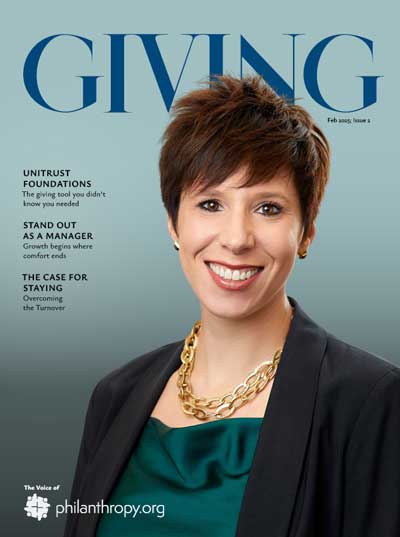And More Money Than You Think.
I like to spend time with my Dad and hear his wisdom. He’s a young 84 and recently told me that he wanted to cut back on making major charitable contributions.
“You know son, I’m getting up there, but we have good, long-lived genes and I may need this money when I’m 100.” (Unfortunately he died a few years later.)
“Dad, you’re sitting on appreciated stock. Why don’t you donate it, avoid gains tax, get a tax deduction, and receive guaranteed income for life?”
“Is that legal?” He Asked
Now, my dad’s no dummy. He’s a retired surgeon and professor (Thomas Jefferson University), has multiple degrees and a fellowship from JHU (Johns Hopkins University). So let me ask you: Is this your prospect? Someone who’s been receiving your planned giving junk mail (sorry!) for 45 years and still does not know what a simple Gift Annuity is?
Another example: an elderly couple I am close to. Good friends. Grateful that they are still alive. They give to charity on a regular basis, a few hundred here, a few hundred there. But I can’t help noticing that they’re both slowing down. They struggle with new things, like learning how to operate a cordless phone.
Are these people your prospects?
Would you send them a generic 4-page newsletter with details on how unitrusts work? Do you really expect your charity or nonprofit to get results that way?
Donor-Centered Conversations
It’s an old situation: research shows that vehicle based communications – like your CRUT newsletter – is not working. To reach this couple, your communications must be donor-centric. Charity giving does not work that way.
My good friend’s mother died recently at 88. He’s been picking up her mail every day and is amazed by the number of solicitation letters she still gets. Anything from “Give us $10!” to letters about foreign children – or suffering animals – with a nickel Scotch-taped in the right hand corner.
A nickel. That’s the scarcity mindset in action.
But did you hear about the doggy hotel? $175 per night. No humans allowed. Your pooch can enjoy a poolside room with a view ($50 extra), an evening backrub ($25 extra), and even a bedtime story ($20 extra). This is not even in California.
There is money out there
Yes, and people are spending. Regardless of the economy, people will always have the money to spend on sex, cigarettes, liquor and things they want. Including charitable donations.
People are spending discriminately. Today they may spend less on healthcare, yet pay $2500 for fancy tattoos.
Are these people your prospects?
Fundraisers who want people to choose their nonprofit over the luxury doggy hotel are going to have to do some realistic re-thinking.
Fundraising is changing.
Permanently. Just look at how everything in the world is changing.
Change doesn’t stop just because you ignore it. Just look at the way the internet is impacting the traditional newspaper industry. Many papers are closing. Same with gambling in Vegas. It’s suffering from online competition, too. People that make and sell mobile homes are having a tough time … foreclosures are just as cheap. And now you can visit a healthcare clinic right inside Walmart or Walgreens. Walmart-Care, anyone?
We in fundraising have to change, or we’ll be gone, too.
As fundraisers, we’re selling an intangible. If you can’t help your prospect see, hear, taste and feel your vision, your mission, and your passion — you’re not getting a dime.
And she has to feel it for real. It has to hit the heart. Are you using rage, passion, anger, ego, pity, shame, and guilt to get your message across? Are you making your prospect cry? Do you make him or her feel inspired? Joyous?
If not, you’re being worse than “vanilla.” You’re being tuned out.
Money is a deficiency need.
Like air. We don’t notice it until it’s running out. Then we panic.
My heart breaks for the many non-profits that do so much good, but simply do not know how to reach out to those who want to help them. They are like the chef who opens a restaurant, serves great food, but can’t market to bring in the guests. Or the great musician who does not realize he needs a good rep to market himself. Or the artist who keeps on painting great vistas but is always broke since she refuses to balance her books, market herself, and sell.
Do you recognize this situation? Is it yours?
Get donor-centric. Be donor-focused. Get with the new paradigm. Otherwise, your non-profit’s in trouble. And so are you.
Categories: Giving, Planned Giving Marketing, Relationships



